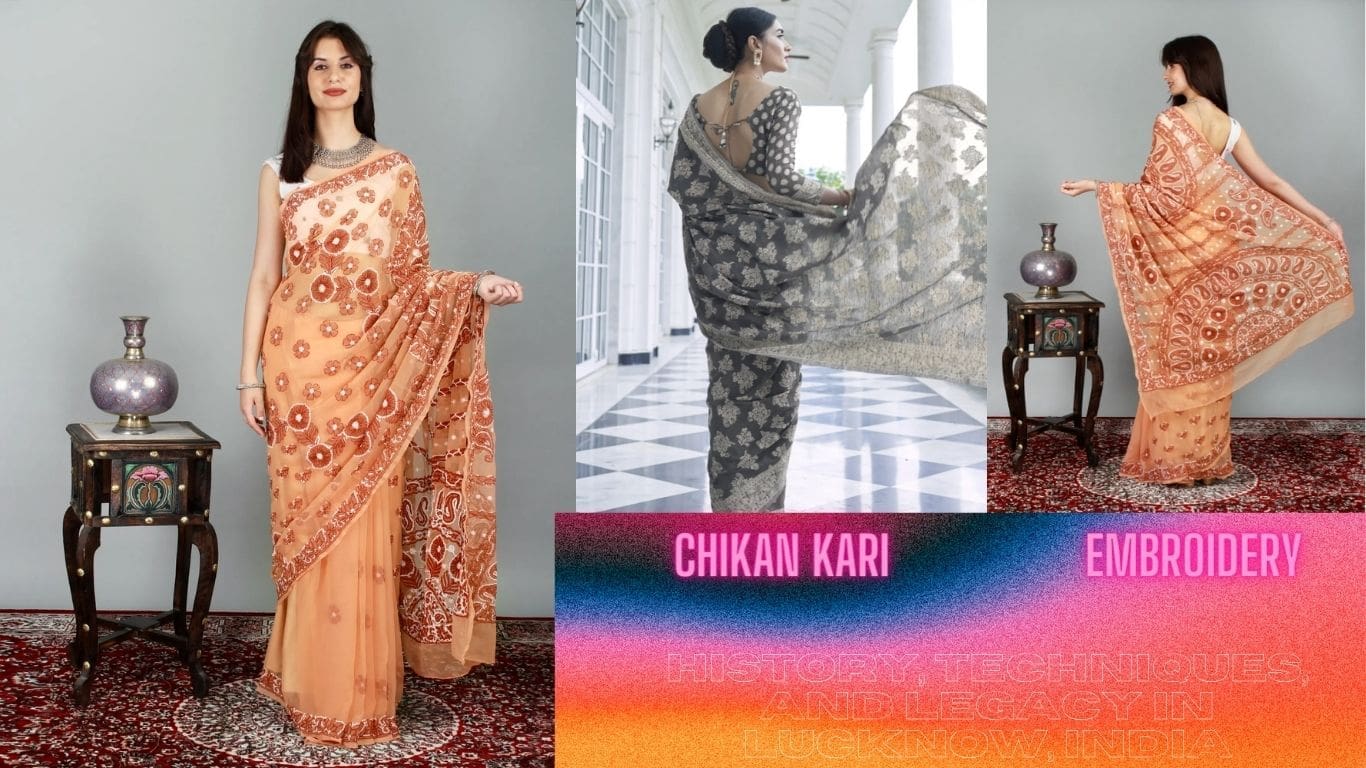Introduction:
Chikankari, an ancient embroidery art form with Persian origins, made its way to India through Noor Jehan, the queen of Mughal emperor Jahangir. This craft has a rich history and has become synonymous with the cultural heritage of Lucknow, Uttar Pradesh.
History and Development:
The migration of skilled artisans, possibly from Bengal, to Lucknow during the Mughal Empire’s decline marked the beginning of Chikankari’s journey in India. The craft thrived under Nawabi patronage, with intricate pieces crafted by harem women to impress the nobility.
Techniques and Artistry:
Chikankari embroidery showcases a diverse range of stitches, including the darn stitch for intricate filling and the satin stitch for delicate fabrics. The meticulous approach to stitching, with techniques like shadow work and specialized designs like zaal, sets this craft apart.
Enduring Tradition and Contemporary Influence:
Despite facing commercialization and modern challenges, Chikankari has not only survived but evolved. The craft has adapted to contemporary tastes, with formalized designs attracting a global audience. Lucknow remains the epicenter of Chikankari, preserving its elegance and finesse.
Conclusion:
Chikankari embroidery, with its deep-rooted history, intricate techniques, and dedicated artisans, continues to enchant enthusiasts worldwide. Its timeless beauty and cultural significance ensure that this art form remains a cherished tradition, celebrated for its craftsmanship and artistic legacy.

